ISTC NEWS
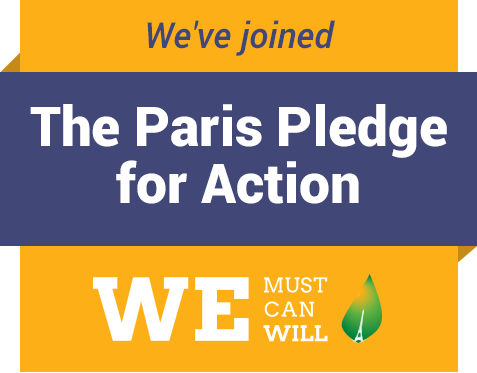 The Illinois Sustainable Technology Center (ISTC) has become a signatory to The Paris Pledge for Action, a world-wide call to action to reduce environmental impacts and limit global warming to less than two degrees.
The Illinois Sustainable Technology Center (ISTC) has become a signatory to The Paris Pledge for Action, a world-wide call to action to reduce environmental impacts and limit global warming to less than two degrees.
“Minimizing the impact of climate change will require global innovation and cooperation,” said Kevin O’Brien, director of ISTC at the University of Illinois’ Prairie Research Institute (PRI). “There is not one solution to this societal, governmental, and technological challenge,” he added, “there are as many as we can think of.”
COP21, also known as the 2015 Paris Climate Conference, was the United Nation’s 21st climate conference in December, at which 196 nations recognized that climate change represents an “urgent and potentially irreversible threat to all human societies” requiring “deep reductions” in global greenhouse gas emissions.
The Paris Pledge for Action offers cities, businesses, investors, organizations and others everywhere to pledge to impact the goal of halting the rise in the average annual temperature on Earth. It is an initiative of the COP21 French Presidency (diplomatic host of the Conference) and the University of Cambridge Institute for Sustainability Leadership.
The pledge also reads: “We … realize that taking strong action to reduce emissions can not only reduce the risks of climate change but also deliver better growth and sustainable development.”
Researchers at PRI have partnered with the U.S. Department of Energy on its technology roadmap on two approaches to perfect systems that can remove a record proportion of carbon dioxide from fossil fuel energy (especially coal used to generate electricity). With a Phase I DOE grant the team is currently investigating the engineering requirements to install ground-breaking technology at the U of I’s Abbott Power Plant. A second grant is developing a unique bi-phasic solvent as an ultra-efficient carbon capture technique.
“Our mission includes research, technical assistance, and public information to help forge a more sustainable future,” O’Brien continued. “The new technology, and our partners, span three continents and some of the largest power generators in the world so that our findings can quickly have the greatest impact on our Pledge for Action.”
For more on the PRI research, visit http://www.istc.illinois.edu/news/news26_carbon_capture.cfm and https://illinois.edu/blog/view/6231/314236.




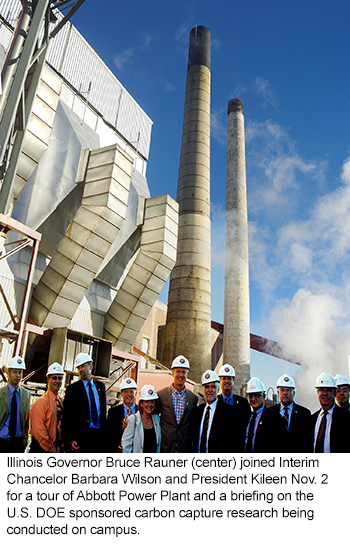
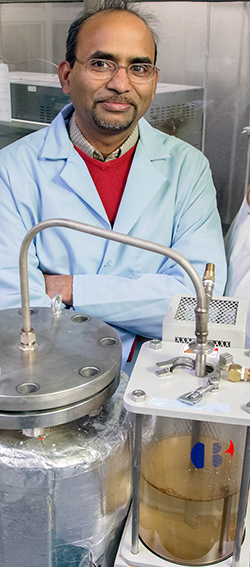
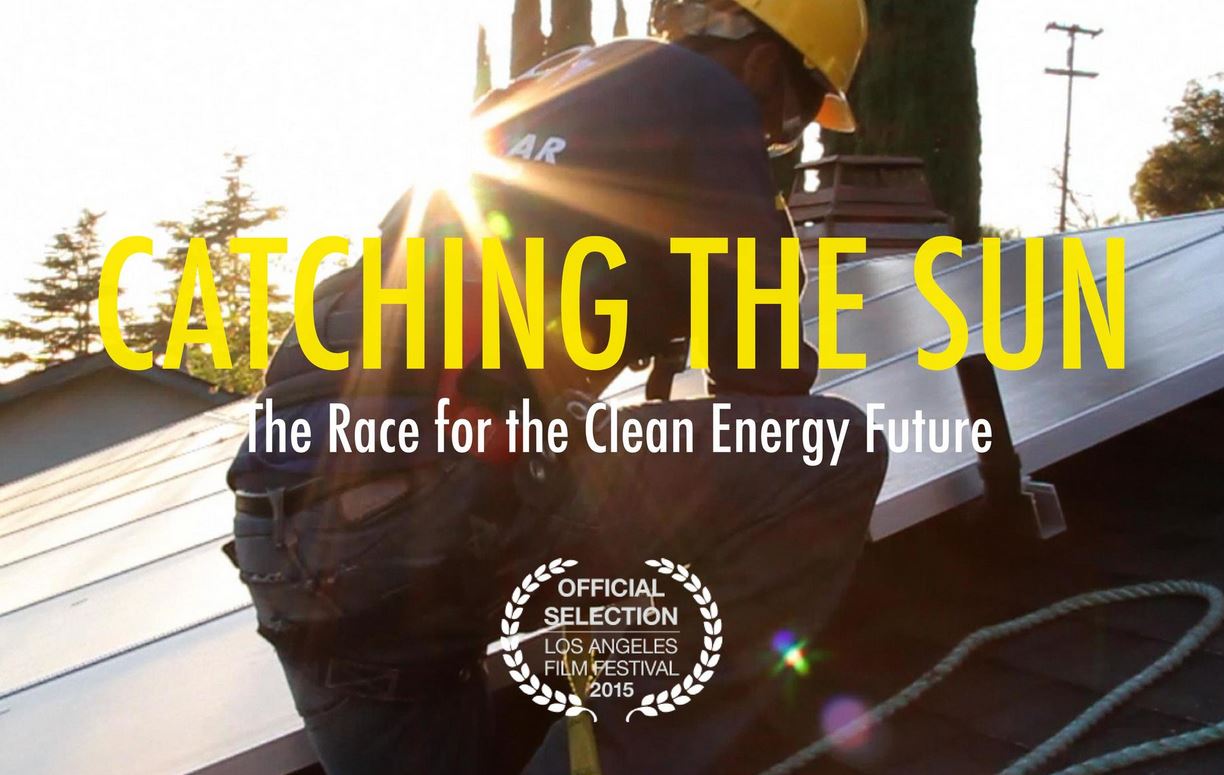
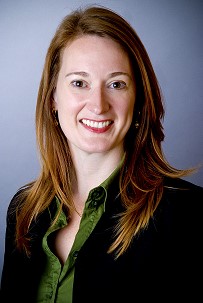
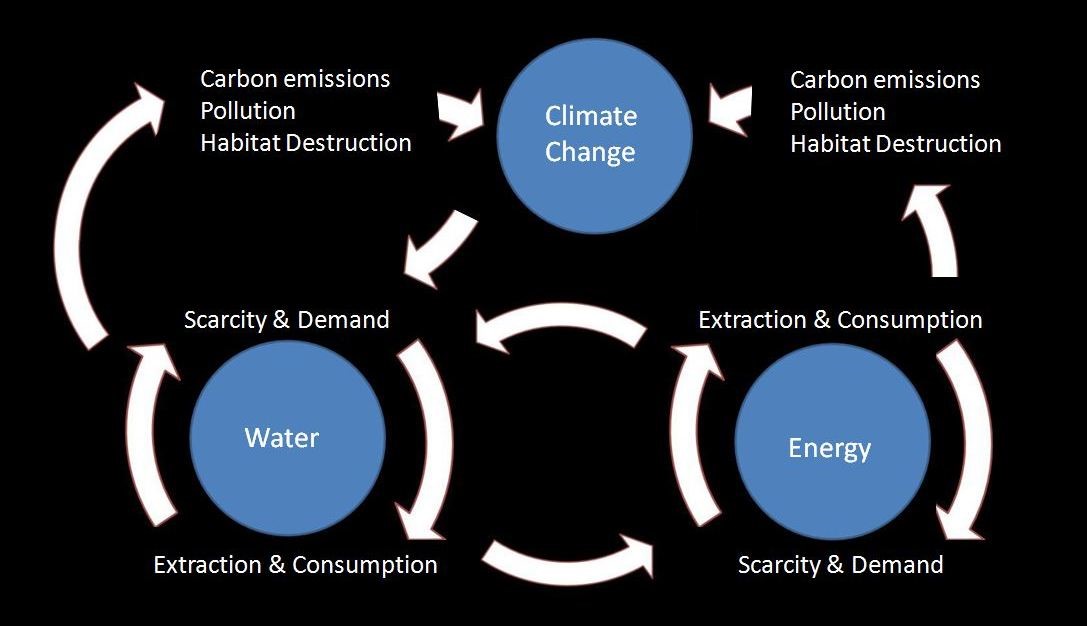

 ISTC will participate next week in the U of I’s Institute for Sustainability, Energy, and Environment (iSEE) second annual international conference titled “Water Planet, Water Crises? Meeting the World’s Water-Food-Energy Needs Sustainably”. The
ISTC will participate next week in the U of I’s Institute for Sustainability, Energy, and Environment (iSEE) second annual international conference titled “Water Planet, Water Crises? Meeting the World’s Water-Food-Energy Needs Sustainably”. The